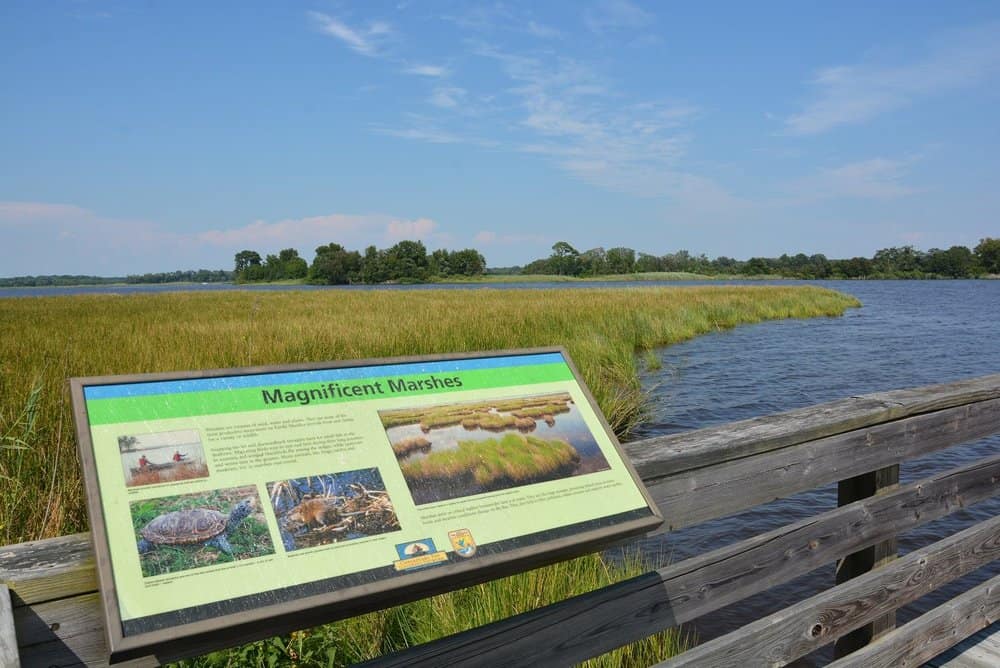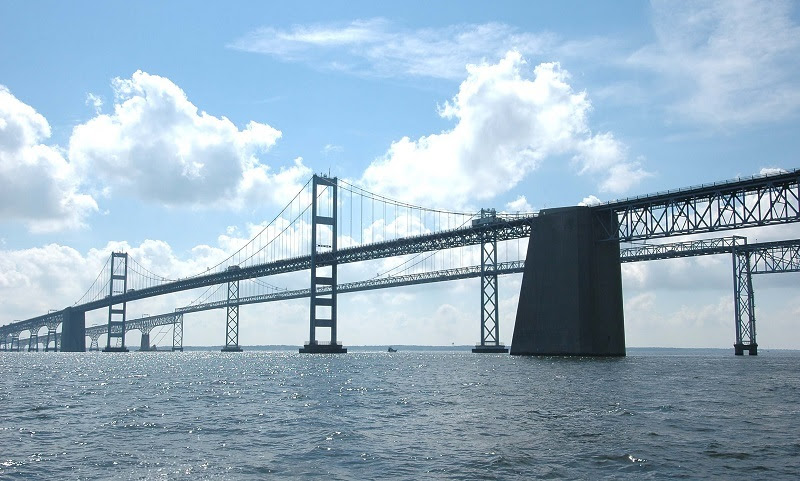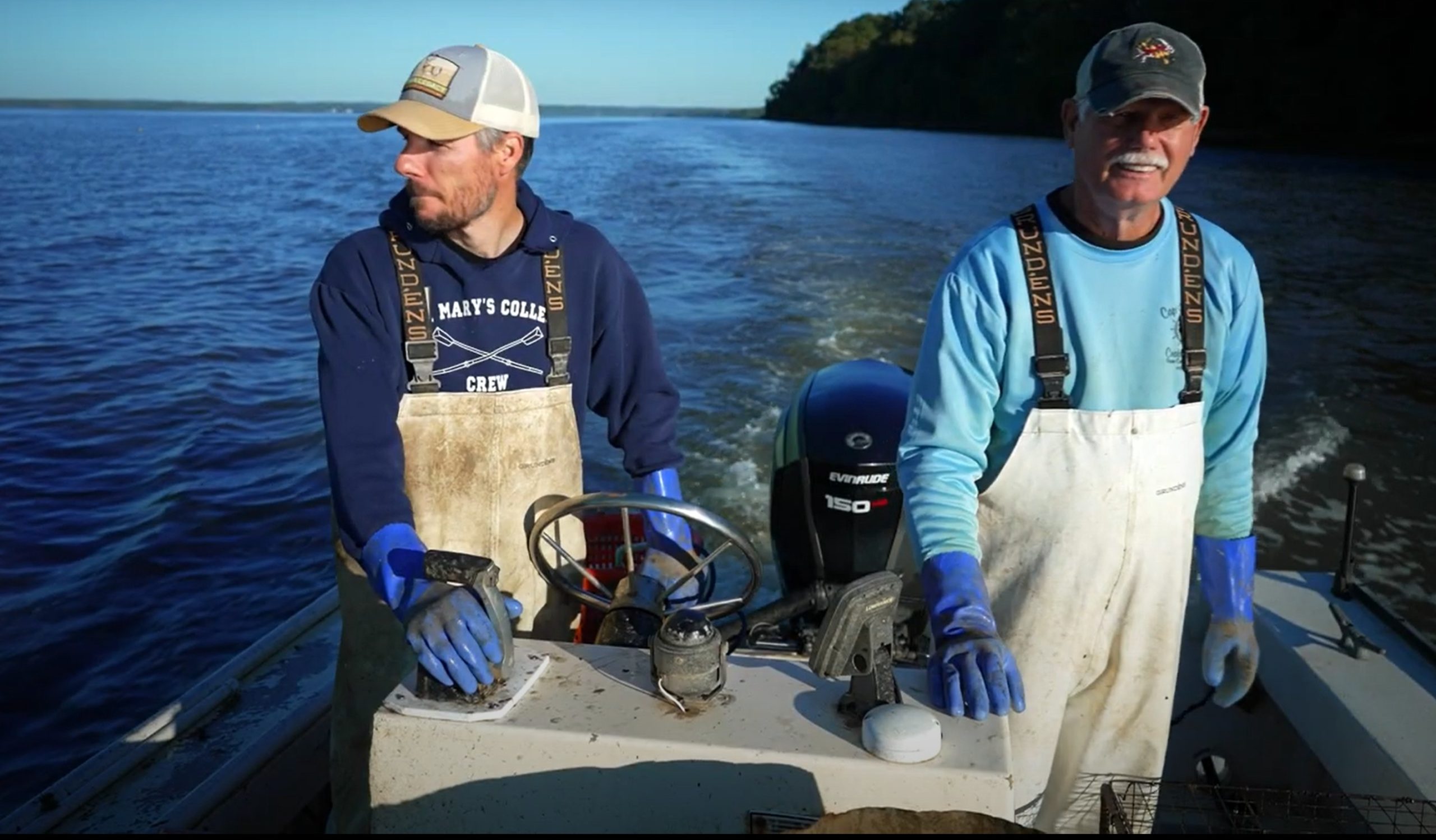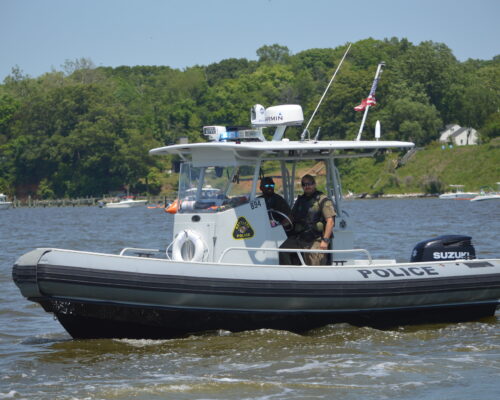An ambitious marsh restoration project is happening at Blackwater National Wildlife Refuge, with the help of Superstorm Sandy relief funds from Congress.
Blackwater National Wildlife RefugeThe project, which will restore over 40 acres of marsh, is meant to “increase the resiliency of our landscapes against major storms,” according to Blackwater.
On Sunday, U.S. Senator Ben Cardin, U.S. Representative Andy Harris, Maryland State Senator Adelaide Eckardt, and State Delegates Chris Adams and John Mautz toured the wildlife refuge, along with the U.S. Fish and Wildlife Service, The Conservation Fund, and the National Audobon Society.
This restoration effort is the first of its kind in the Chesapeake Bay watershed. In what’s known as a “thin-layer” project, crews moved than 26,000 cubic feet of sediment from the Blackwater River and spread it over a 40-acre area to make the marsh surface higher. Since then, the marsh has been replanted with native grasses.
A higher marsh surface allows oxygen to reach plants’ roots, and the replanted vegetation provides critical habitat for birds, as well as a storm surge buffer for the surrounding communities.
Senator Cardin, a senior member of the Senate Environmental and Public Works commmittee, says the project brings a long list of benefits: “Combating sea level rise, mitigating climate change by sequestering carbon, and providing food and shelter for nearly a hundred different species of birds are just a few.”
Other lawmakers, like U.S. Senator Chris Van Hollen and Congressman Harris, point out that the health of the wetlands is also good for tourism dollars in Dorchester County and the state.
“A healthy Chesapeake Bay is a critical component of the economy of Maryland’s First Congressional District,” said Congressman Harris. “I applaud the work being done at Blackwater National Wildlife Refuge, and encourage other states along the Chesapeake Bay Watershed to participate in efforts to preserve the Bay.”
The marsh also has renewed value as habitat for at-risk species of salt marsh birds. It is home to two bird species that are declining rapidly because of sea level rise: the black rail and the saltmarsh sparrow.




